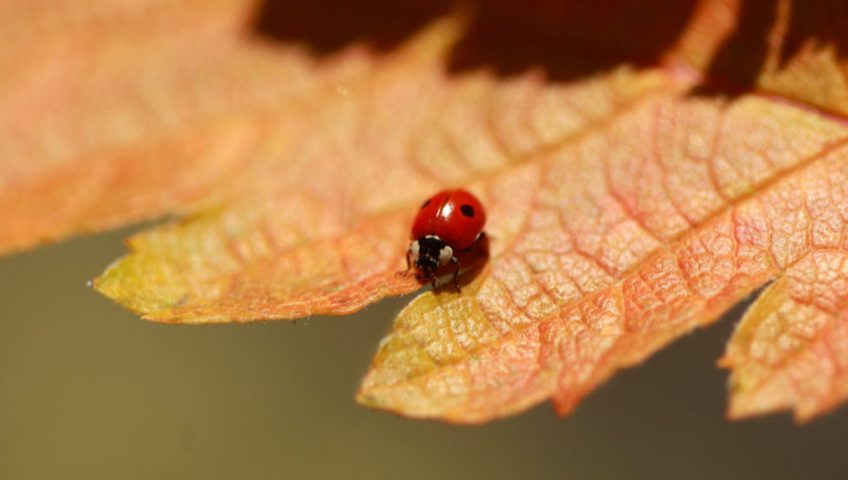Seeing ladybugs in your home? You’re not alone!
If you’re like many area residents, you may have noticed a good number of ladybugs hanging around both inside and outside your house. You’re probably wondering “where did all these ladybugs come from?”
While your first instinct may be to recoil from the insects, have no fear: ladybugs won’t harm you and, in fact, do a lot of good. For instance, ladybugs eat agricultural pests, such as aphids; they can eat 50 to 60 aphids per day – more than 5,000 in their lifetime. They also eat a variety of other insects and larvae; that’s good for farmers – and your garden.
You tend to see ladybug invasions at this time of year because ladybugs are cold-blooded. As the weather gets cooler they leave their summer feeding sites and find warmer places to spend the winter – such as your house, particularly if your home is near woods or fields.
Ladybugs (known as ladybirds in the UK) like light-colored buildings with good sun exposure and flock there as nights get cool after afternoon temperatures are in the 60s. They’ll find their way in through cracks, windows, under doors and other small entrances , and look for a warm spot in which to hibernate for the winter. And because they gather in groups when they hibernate, if you see one ladybug, expect more to follow. A ladybug will send out pheromones to attract other ladybugs.
Ladybugs protect themselves in the wild by changing color, and releasing blood with a foul smelling odor to deter predators. If you try to get them out of the house, they may get stressed and release the blood, which will leave yellow streaks on your walls. It’s best just to let them be, but if you absolutely MUST remove them, use a Shop Vac with a soft pad on the bottom – then you can release them outside when you’re done.
Why ‘ladybug’?
The name “ladybug” comes from the Virgin Mary, although why is uncertain. Some say it is because of its red color that reminded people of the red cape Mary wears in many paintings; others say that hundreds of years ago Europeans prayed to the Virgin Mary to save their crops from pests. The ladybugs came and ate the pests, thus earning the name “The Beetles of Our Lady,” or “Our Lady’s Bird” which eventually became ladybug or ladybird. In Spanish, the word for ladybug is “mariquita,” meaning little Mary; in German it’s “Marienkäfer” – Mary’s bug.
Some more ladybug facts:
- The ladybug is the state insect of New Hampshire, as well as five other states. It is the state bug of Delaware.
- Ladybugs are technically a type of beetle in the coccinellidae
- We have over 60 species of ladybugs in New Hampshire, the most common of which is the multi-colored Asian ladybug.
- Ladybugs can fly up to 15 mph.
- In some cultures, ladybugs are considered to be lucky. In Turkey they are called uğur böceği, which means “good luck bug.”
- There are both male and female ladybugs.
So there you have it. If you were wondering “where did all these ladybugs come from?” now you know: A congregation of ladybugs is a sign winter is on its way and the’re looking for a warm place to stay. For a few – to a few hundred – that might just be your home.
